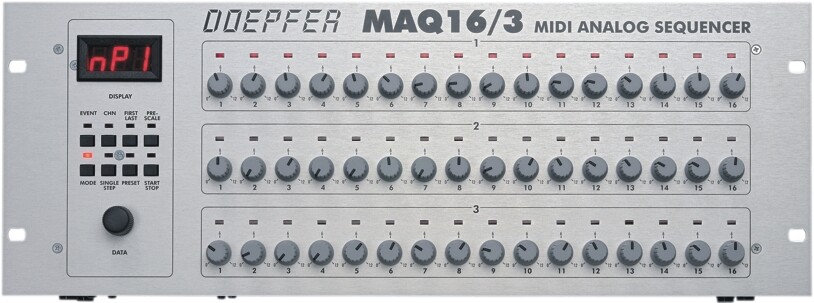In an age where digital reigns supreme, the term analog might sound outdated to some. However, analog technology and systems still hold immense value, offering unique experiences and advantages that digital often cannot replicate. From vinyl records to film photography and analog watches, the analog world is experiencing a quiet yet impactful resurgence. This article explores the meaning of analog, its importance, and why it continues to matter today.
What Does Analog Mean?
The word analog refers to a method of representing data or information in a continuous and measurable way. Unlike digital, which encodes information using binary (0s and 1s), analog systems represent data using physical quantities. For example, a vinyl record uses grooves on a disc to represent sound waves, and a thermometer uses the expansion of mercury to indicate temperature.
Analog has been the foundation of technology for centuries. Before digital took over, everything from televisions to telephones and clocks operated using analog signals. While digital has become more prevalent due to its precision and convenience, analog systems offer distinct benefits that continue to make them relevant.
The Comeback of Analog: A Matter of Experience
One of the biggest reasons analog is making a comeback is the quality of experience it provides. Take vinyl records, for instance. Music enthusiasts argue that analog sound is “warmer” and more “authentic” than compressed digital audio formats. The tactile process of placing a record on a turntable and hearing the subtle crackle before the music starts creates an immersive, nostalgic experience that digital streaming lacks.
Similarly, analog photography has seen renewed interest. Film cameras capture images with depth and grain that many photographers find more appealing than the clean, often sterile output of digital cameras. The anticipation of waiting for film to develop, the physicality of negatives, and the uniqueness of each shot are all part of the analog charm.
Analog vs. Digital: A Balanced Perspective
While digital technology offers speed, storage, and scalability, analog systems excel in areas like accuracy and emotional connection. Here are some key differences:
- Signal Quality: Analog signals are continuous and can capture subtle variations, which often results in more accurate representations in audio and video.
- Durability: Digital files can be corrupted or lost due to hardware failures, while analog mediums like books or records can last for decades with proper care.
- Simplicity: Analog devices are often simpler to operate, with fewer chances of glitches or malfunctions due to software issues.
However, it’s important to note that both analog and digital have their places. For instance, a digital thermometer might provide faster readings, but an analog one may offer better reliability in harsh environments.
Analog in Everyday Life
Analog technology isn’t just for audiophiles or photography enthusiasts—it’s embedded in our everyday lives. Analog watches, for example, remain a staple of fashion and function. Many people prefer the elegance and craftsmanship of an analog watch over a digital display. Wall clocks, wristwatches, and speedometers continue to thrive in analog form due to their aesthetic appeal and intuitive readability.
Another often-overlooked area is analog communication. Handwritten letters, physical books, and face-to-face conversations carry an emotional depth that digital interactions often lack. In fact, many educators and psychologists advocate for analog methods like note-taking by hand, citing improved memory retention and comprehension compared to typing.
The Future of Analog
Despite the digital boom, analog is not going away anytime soon. In fact, we’re likely to see more hybrid solutions that combine the best of both worlds. Devices like turntables with Bluetooth connectivity, analog cameras with digital editing features, and smartwatches that mimic analog aesthetics are just the beginning.
Moreover, the growing interest in sustainability is pushing people to rethink the throwaway culture of fast digital upgrades. Analog products, often built to last, align well with this shift toward more mindful consumption.
Conclusion
The analog world may not be as dominant as it once was, but its importance is undeniable. In a fast-paced digital landscape, analog provides a grounding experience that appeals to our senses and emotions. Whether it’s the rich sound of a vinyl record, the timeless beauty of an analog watch, or the tactile joy of a handwritten note, analog continues to enrich our lives in meaningful ways.
Embracing analog doesn’t mean rejecting digital—it means appreciating the value of both. As technology evolves, maintaining a balance between analog and digital may be the key to a richer, more fulfilling experience.

